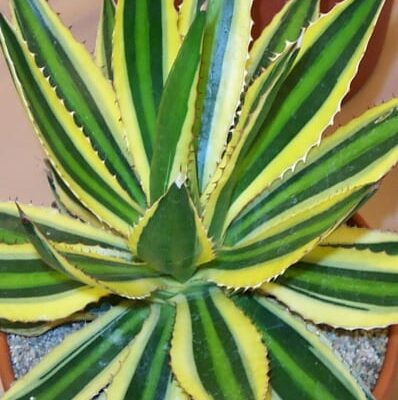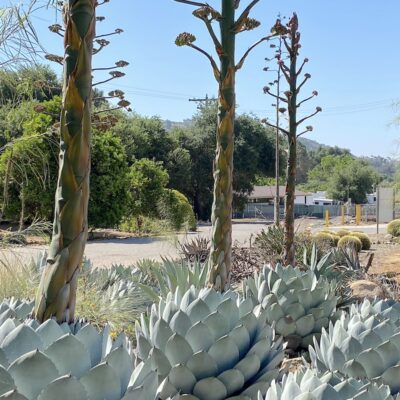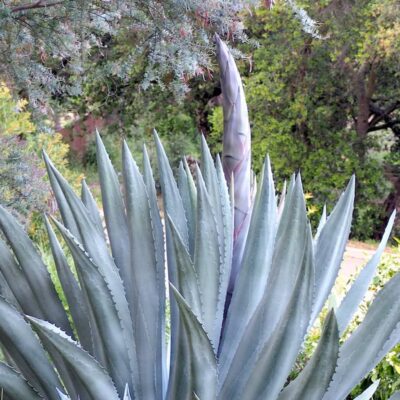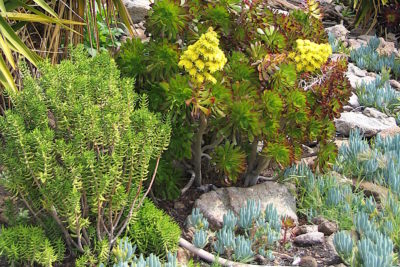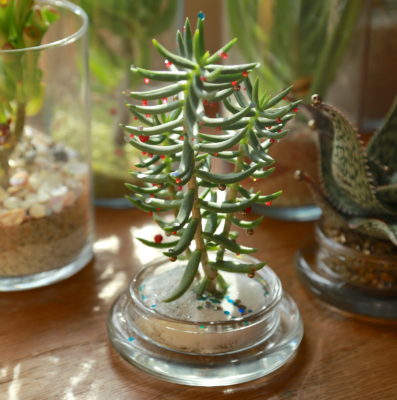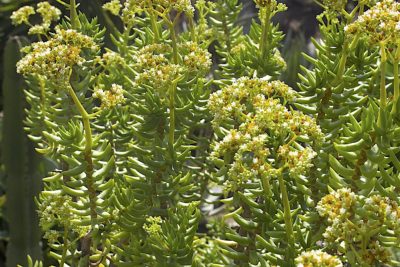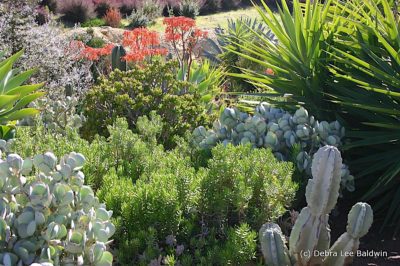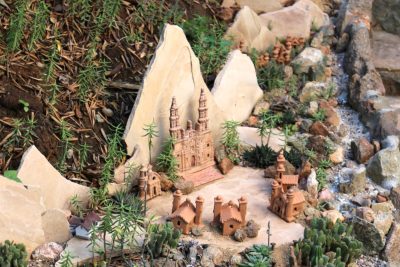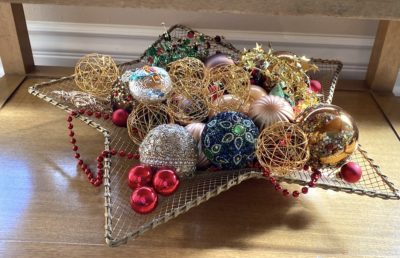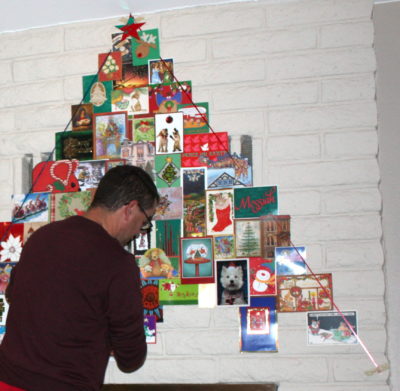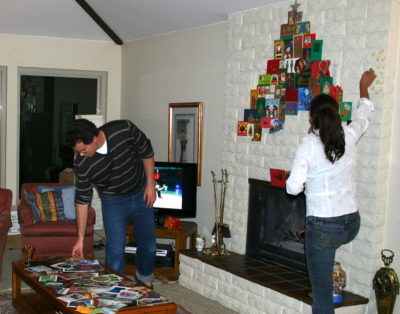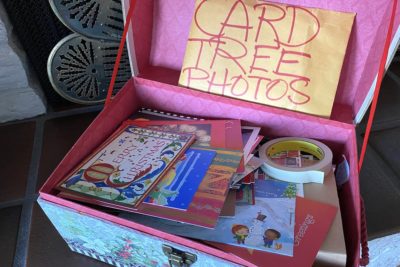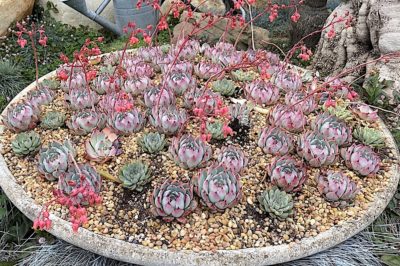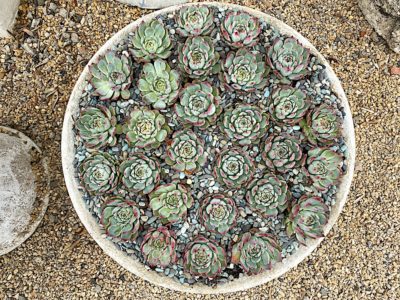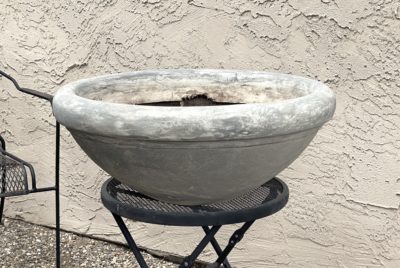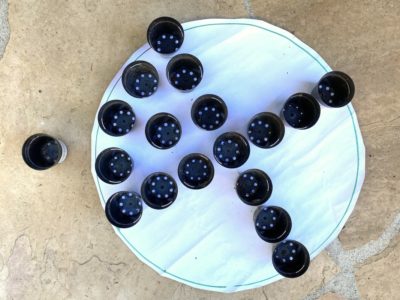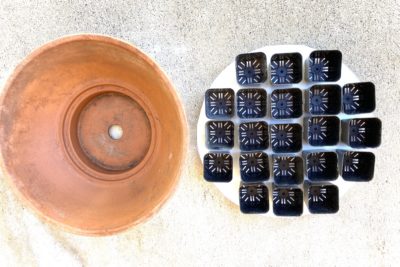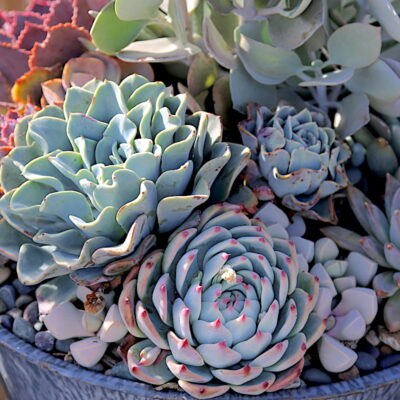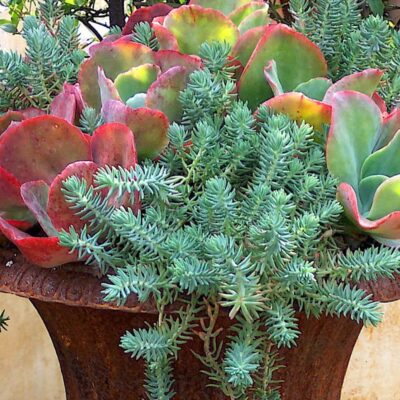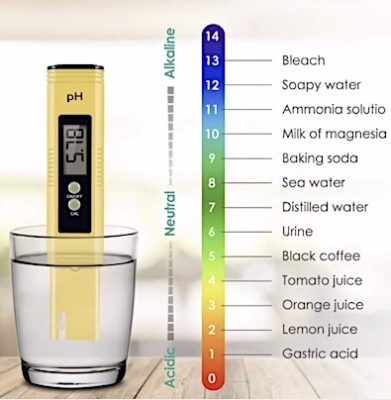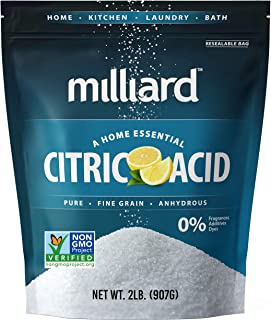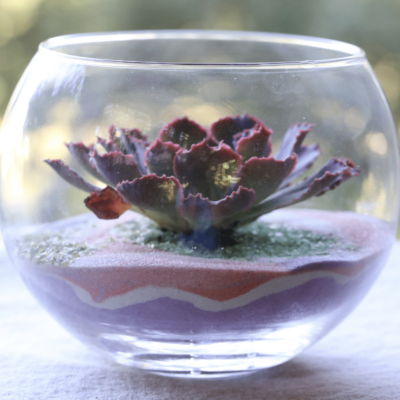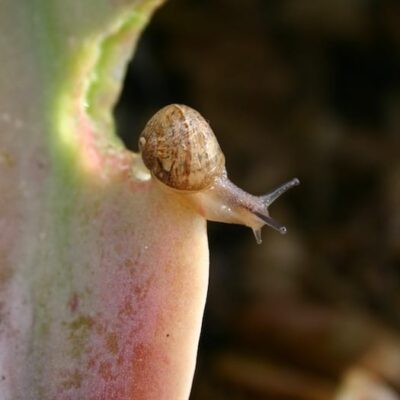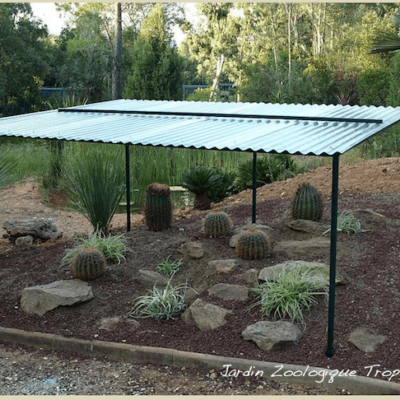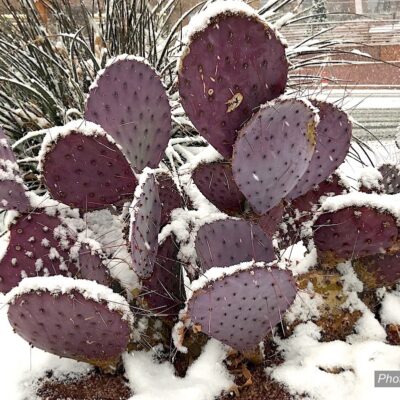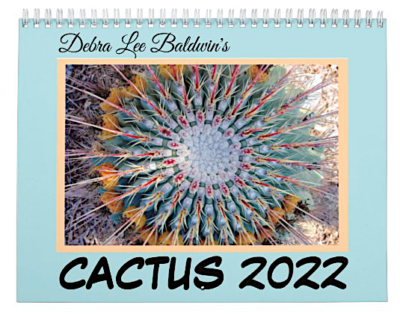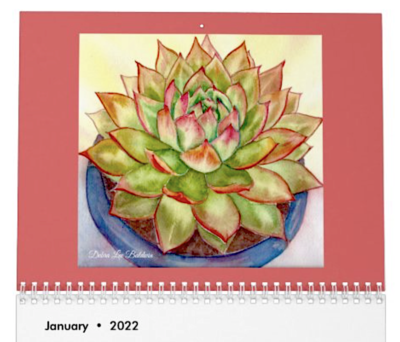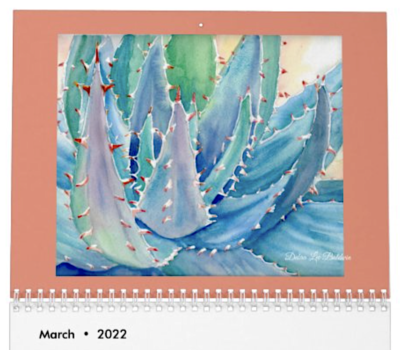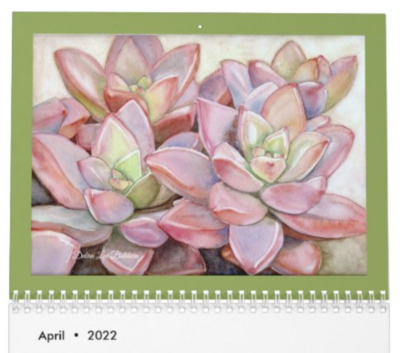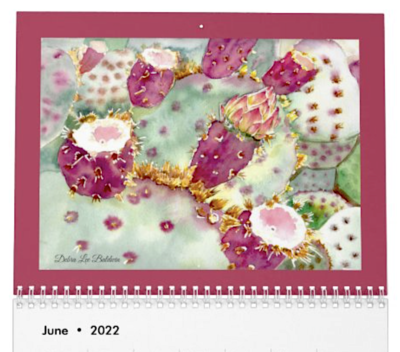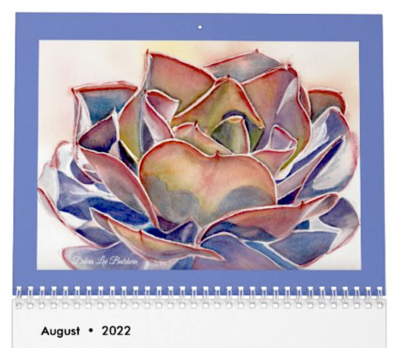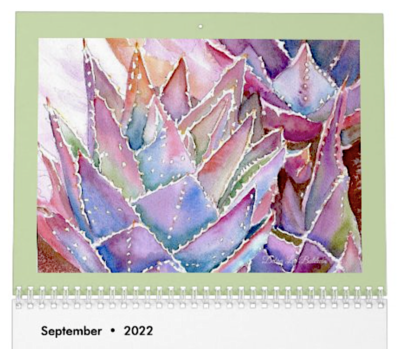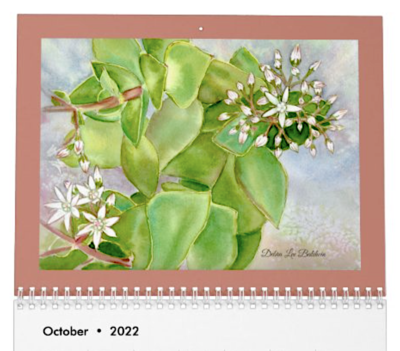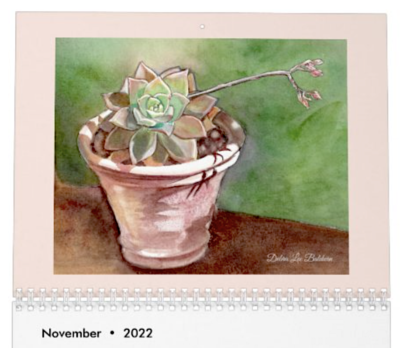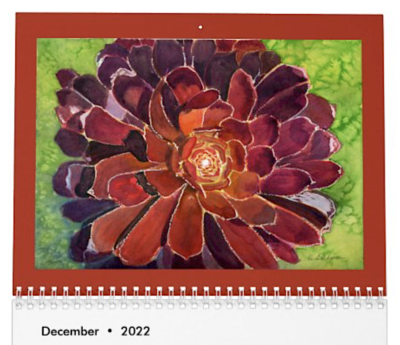My tequila/mezcal journey started with my Ask Me Anything challenge. Mark Dorfman of Orange, CA emailed: "How many piñas does it take to make a bottle of Tequila or Mezcal?" Of the 100+ questions from my newsletter subscribers, I kept coming back to Mark's.
As a journalist, I'm all about being timely, and New Year's Eve---second only to Cinco de Mayo for tequila consumption---is coming up. Plus I shared Mark's curiosity. A piña (Spanish for pineapple) is what's left of an agave once its leaves are sheared off.
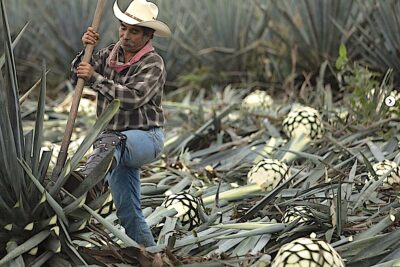
Harvesting agaves for tequila in Mexico. Photo: Jose Cuervo.
Mark's question led me to a romp through the Internet that gave fresh perspective on agaves.
Before long, a little knowledge---being a dangerous thing---made me want to make the moonshine of Mexico: mezcal. You can use nearly any kind of agave, wild or farmed. (Tequila is trickier. It's a type of mezcal made solely from Agave tequilana and it has production standards beyond the abilities of most craft distillers.) Btw, the average proof of tequila is 80; of mezcal, 38 to 55.
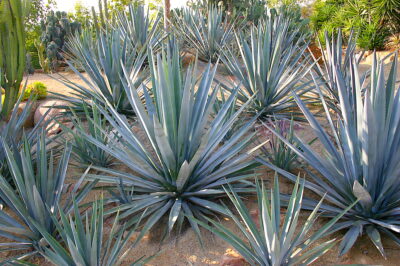
Agave tequilana (Weber's blue agave) in a garden
I figured making mezcal was about as complicated as making beer, the hobby of a friend of my son's. (If he can do it...) Granted, commercial mezcal producers say it has to come from a particular region and be certified. But artisanal mezcaleros are everywhere. Why not mezcaleras? (!)
A lost opportunity
Just think: Over the years, we've chopped apart and disposed of three large Agave americana (century plants) that bloomed and died in the garden. See: Big Blue's Life and Demise. Had I known about Mexican moonshine, I'd have roasted them.
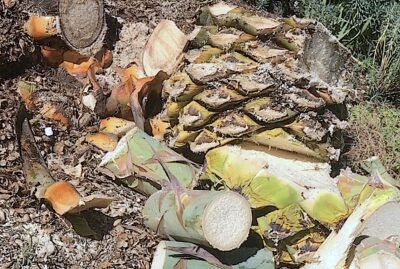
See my YouTube video: Agave americana Bloom and Removal
I figured I'll need a core (piña) about the size of a five-gallon bucket, from an agave in bud. Gearing up for flowering creates a high sugar content in the core. So to make alcohol, you can't use an agave that's unripe or post-bloom (gone to seed).
What does a flowering agave look like? See my article: "Your Agave's Blooming -- Now What?".
Professional jimadores in Mexico---where tequila and mescal are billion-dollar industries---know precisely when an agave is ready. And so do I: The center leaves come together, hugging the growing stalk. Cool. I'm already an expert.
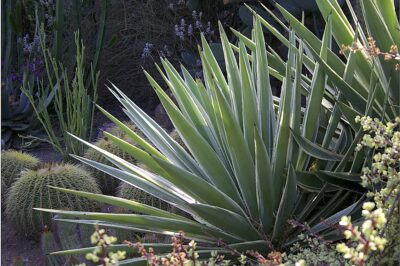
Agave angustifolia 'Marginata' in a garden
One popular agave for mezcal is A. angustifolia, which blooms around age 10. On labels it's "espadín." Others you may recognize are A. shawii, A. potatorum, A. macroacantha and A. americana. See them in the Agave Gallery.

Yes, you can make mezcal from century plants. Look closely: "100% A. americana" is on the label, at upper right.
As with most vegetables, roasting an agave enhances its flavor and sweetness. Cottage distilleries in Mexico roast piñas in pits dug into the ground, sort of like a luau. If I aimed for two bottles -- one for Mark and one for me -- I'd hack chunks off a piña, pile them in my turkey pan, and slow-cook them---turning occasionally with tongs---until browned, soft, sticky and sweet.
Not too difficult, right? Well...there's a bitter juice that needs to be drained off or it'll ruin the flavor. Also, cooking a piña in a home oven would likely negate the flame-roasted flavor mezcal is known for.
The next step is to pound the cooked agave, which is quite fibrous, into a mash. I confess reading about that caused my interest to wane. Serious mezcaleros use a big stone wheel turned by a horse, or at the very least, a large wood mallet.
Equally daunting is the final step: distillation. Seems I'd need a still.
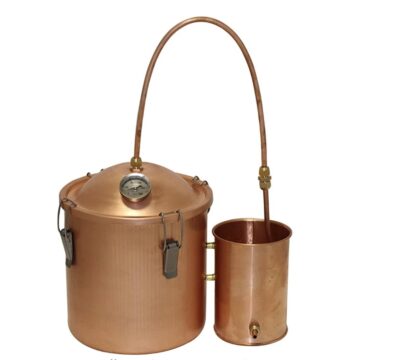
This 3-gallon still on Amazon would likely do the trick, but $270 is a lot of money to pay for a few bottles of---let's be real---mediocre mezcal.

Never mind what the tequila tastes like, I want the bottle. That piña cork!
It's sounding a lot better to simply buy a bottle of mezcal to toast the New Year. Or tequila. Hm. What a great excuse to visit El Agave Restaurant and Tequileria in Old Town San Diego, 45 minutes from my home. Bottles of tequila---every brand imaginable---line shelves. There are thousands, some collector's items. All are a delight to view. The food's fantastic too.
What About The Worm?
Long ago, on a trip to Mexico, I learned that the worm in a bottle of mezcal (never, ever in a bottle of tequila) is to show that the alcohol content is high enough to preserve a chubby larva. You know, like formaldehyde. Yum.
But nowhere did I find this info online, rather, I read that the so-called worm is "a marketing gimmick" (now why would that be?) or to add flavor (oh, come on!).
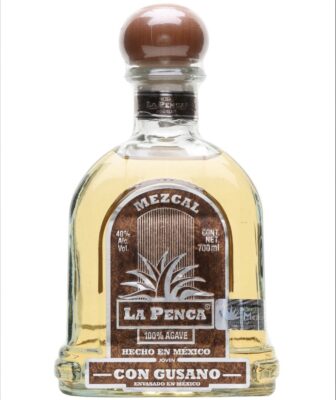
If a bottle of mezcal has "Con Gusano" on the label, that means "with worm." I.e. "with larva." This one is made from Agave salmiana.
Of vastly more interest---at least to yours truly---is that The Worm is either the larva of a moth that feeds on agaves, or of my old nemesis, the agave snout-nose weevil.
"Worms" are optional, btw, either when making an artisanal mezcal, or to munch like a gherkin. As far as I can tell, most mezcal brands don't bother.
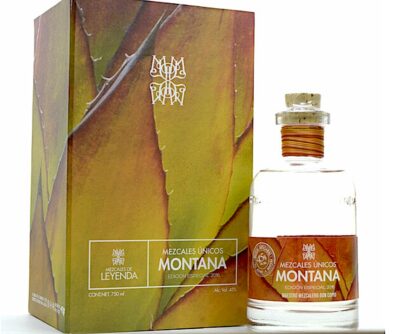
This mezcal boasts that it's made from Agave montana. Evidently because it's rare and unusual, the price is over $400.
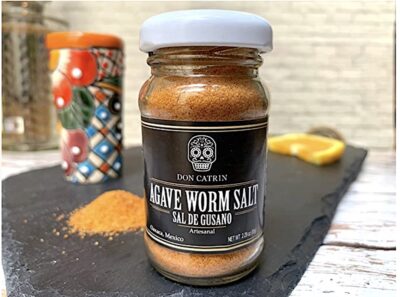
Maybe there IS something to that fabled worm. Worm salt is sold as a gourmet seasoning.
Clearly there's a lot about the culinary aspects of agaves to learn. Leaping to conclusions is lousy journalism, so I'll refer you to a great book I ran across: "Mezcal: The History, Craft & Cocktails of the World's Ultimate Artisinal Spirit." Author Emma Jansen is a journalist, editor and photographer who reports on global drinking cultures. Her writing is as clear and bright as double-distilled tequila.
To Answer Mark's question
Agave tequilana piñas average 110 lbs, and it takes 11 lbs. to make a bottle of tequila, so one piña = 11 bottles.
Hey Mark, you're the winner! Please LMK your address and which one of my books or calendars you would like. As for others who responded, rest assured I've read every one of them, and it's a real eye-opener to discover what interests and concerns you. The result is a list of topics I'll investigate and share with you in 2022.
And speaking of the New Year: Doesn't a shot of mezcal sound good right now? CLINK!
¡Feliz año nuevo, mis queridos! ¡Que sean bendecidos con salud y felicidad!
Note: Links to Amazon are affiliate.
Agaves: Uses, Photos, IDs and Varieties
With the exception of a few soft-leaved and variegated varieties, agaves want sun—the more the better in all but desert climates. Most are hardy to the mid- to high-20s F, and some go a lot lower. Sharp points at leaf tips and along leaf edges can make agaves treacherous. I snip about a quarter inch from leaves’ needlelike tips with garden shears.
Your Agave’s Blooming–Now What?
Your agave is blooming! Now what? In my new video, Q&A and photo gallery you’ll find expert advice, agave IDs and how to start the plants from seeds and bulbils.

